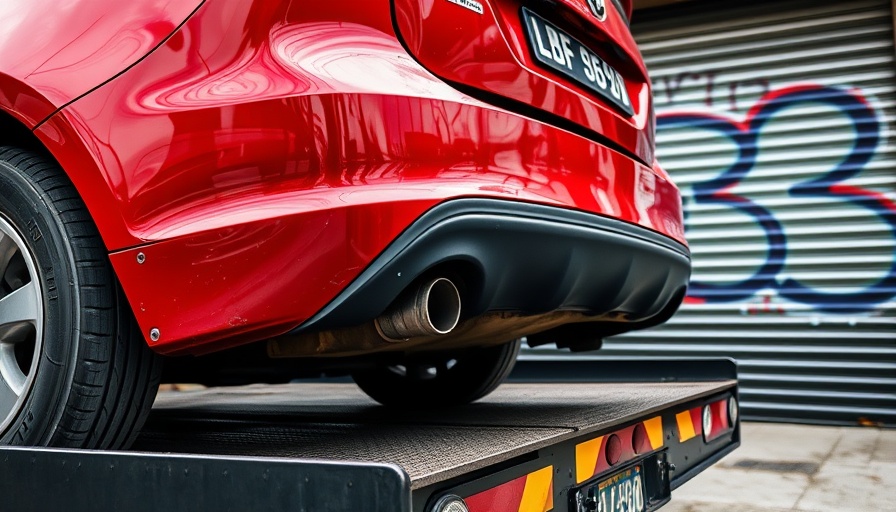
Essential Steps to Take After a Car Accident
Experiencing a car accident can be a disorienting and traumatic event. Your immediate reaction often prioritizes safety, but how you respond afterward can significantly affect your legal outcomes. With the automotive industry incurring costs as high as $470 billion due to accidents in 2022, understanding the legal steps is paramount in protecting your rights and ensuring a successful compensation claim.
1. Safety First: Calling for Help
Your first course of action should always ensure safety for yourself and others. Call for emergency services if needed. Having a police report facilitates your claim by offering an unbiased account of the incident, which may prove invaluable later on. In a scenario where hit-and-runs occur every 43 seconds, documenting the event through police involvement can prevent complications in your future claims.
2. Documenting the Scene
If your condition allows, gather as much information about the accident as possible. This includes taking photos, noting down license plate numbers, and acquiring contact details from witnesses. Compiling these records immediately is crucial as they can serve as objective evidence in determining fault. Visual documentation and eyewitness accounts can uphold your claim, especially if disputes arise about the accident circumstances.
3. Seek Medical Attention
Even if you feel unscathed, prompt medical evaluation is essential. Statistics reveal that around 3.8 million individuals visit emergency rooms after accidents yearly, highlighting the prevalence of concealed injuries. Establishing a medical record that links any injuries directly to the accident not only safeguards your health but also substantiates your claim against insurance insurers who may contest your assertions.
4. Notify Your Insurance Company
Reporting the accident to your insurance as soon as possible—typically within 24 to 48 hours—is legally important. Many policies have strict timelines for notification, and failure to adhere to them can result in coverage denial. Providing accurate and honest details of the accident to your insurer is crucial; while doing so may be stressful, it's a barrier to possible disputes in your coverage.
5. Consult with a Car Accident Attorney
If the accident involved severe injuries or complex factors such as multiple vehicles, obtaining legal advice becomes imperative. An experienced personal injury attorney can guide you through intricate legalities that can arise post-accident. They can collect further evidence, negotiate with insurance firms, and safeguard your rights against any tactics aimed at diminishing your compensation. Most attorneys offer free initial consultations, making it easy to discover your legal standing without upfront costs.
Why These Steps Matter
Taking these steps not only fortifies your position but significantly enhances the likelihood of recovering fair compensation for your troubles. Protecting your rights in the aftermath of an accident is crucial, as insurers often aim to minimize payouts by disputing claims. Proactive measures ensure that when the time comes to settle with your insurance or present your case, you have every necessary tool at your disposal.
Understanding Automotive Insurance Give You Edge
A comprehensive understanding of automotive insurance can also give you leverage. Being aware of your policy's terms and knowing what coverage you're entitled to enables you to approach discussions with your insurer knowledgeably. Additionally, familiarizing yourself with insider tips related to automotive insurance can provide a unique perspective that may benefit you greatly during negotiations.
Preparation and Awareness Matter
Being prepared before an accident occurs, and understanding the legal landscape can drastically influence the aftermath experience. From knowing the right personal injury attorney to grasping what step to take next can empower you during an already stressful time. By leaning on automotive industry insights, one can make informed decisions that safeguard their rights and well-being.
Conclusion: Empower Yourself Today
By acting diligently after a car accident, you pave the way for a stronger position should a claim be necessary. From ensuring safety to consulting legal professionals, each step is critical in safeguarding your future. Stay informed, be proactive, and understand the legal landscape you may have to navigate.
 Add Row
Add Row  Add
Add 




Write A Comment